
[Editor’s note: this is part of a series of articles about home recording. At the end of this article are links to other articles in this series.]
What are These Monitor Contraptions You Speak of?
When talking with audio professionals, the term “monitor” does not refer to a computer screen, but rather the speakers on which you listen to – or monitor – your project.
To answer the first question everyone has: There’s nothing preventing you from using Hi-Fi speakers, but (and it’s a subtle “but”), Hi-Fi and studio speakers are designed and built with two different objectives in mind.
The goal of a studio monitor is to represent audio in the most accurate, uncoloured form it can. That being said, all speakers colour sound to some degree. Monitor speakers are designed to be as flat as possible whereas it’s assumed that consumer or Hi-Fi speakers enhance aspects of the frequency spectrum.
Choosing a Studio Monitor
 A pair of monitor speakers are going to be your best friend. Regardless of whether you record, edit, mix or master audio, your studio monitors will determine how well your work translates to … well, pretty well everything else out there: car audio systems, TV’s, headphones and earbuds.
A pair of monitor speakers are going to be your best friend. Regardless of whether you record, edit, mix or master audio, your studio monitors will determine how well your work translates to … well, pretty well everything else out there: car audio systems, TV’s, headphones and earbuds.
As a home studio owner, you’ll most likely be looking for what are called Nearfield Monitors. These are speakers that are intended for listening at shorter distances and can be situated on a desk or (preferably) a stand. Nearfield monitors come in many shapes and sizes, but they typically do not have speaker cones that are larger than 8 inches.
Performing a Google search on “buying studio monitors” or haunting any online forum dedicated to pro-audio or mixing will yield a long list of recommendations that can be confusing and complicated. Not to belittle the advice out there – the vast majority is given with the best intentions – but, like with any research into a new piece of gear, take your time and try to balance all the pros and cons you come across.
In the end, it will be your own preferences and needs that dictate what you ultimately decide upon. See if you can get to Best Buy or your local music store to give some monitors a listen with your favourite tracks.
Feature X vs. Gizmo Q
As with any gear category, studio monitors come with their own set of features and considerations. There are a few key terms that get thrown around, but rest-assured, I’ve tried to cover as much of what you’ll come across below.
Active / Passive
Active monitors are speakers that have amplifiers built into the enclosure whereas passive monitors require an external amplifier. It’s that simple!
There are no clear sonic advantages of one over another. Although the recording industry started (and existed for some time) with only passive monitors, the active variety has made significant inroads into all studios around the world.
The main benefit that active monitors give is having an internal amplifier that is specifically matched to that speaker.
 Ported / Closed
Ported / Closed
A ported speaker is one where there is a hole (perhaps two) in the cabinet that helps extend the frequency response to reach lower. This can be a double-edged sword – especially if the ports are on the back of a monitor that is too close to a wall. Speakers that are close to walls (or other flat solid objects) can cause aspects of the sound you hear to be exaggerated.
That being said, there are a number of monitors out there (such as JBL and Mackie) that are of a closed design that have a very good bass response. Monitor speaker manufacturers are constantly innovating and using different materials and designs in an attempt to reach that elusive perfect flat frequency response.
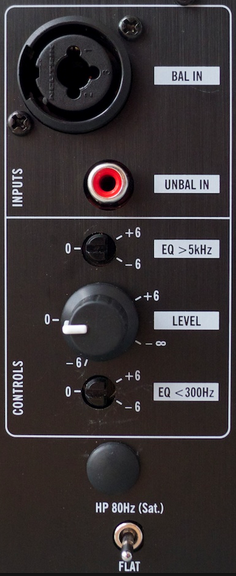 EQ & Room Correction Processing
EQ & Room Correction Processing
Many active studio monitors have some sort of basic equalization built into them (typically high and low EQ shelves) so that you can better shape their sound to suit your room. There are some monitors that have sophisticated processing that adjusts that sound of the speakers to suit their environment.
Take these gizmos and whatchamajiggers with a grain of salt though. There is no magic bullet that will make your projects and speakers sound instantly better.
Setting Them Up!
When setting your speakers up, there are a couple of best practices you should aim to adhere to:
Be Wary of Your Walls
Setting up your home studio is never ideal and you’ll rarely get that “perfect room” without some construction. Try and set up your listening position on so that the longer walls of the room are on the sides and that the monitor speakers are away from walls.
Sound will reflect off nearby hard surfaces and arrive at your ears slightly after the sound from your speakers. This causes some anomalies in what you hear and, in turn, will affect decisions that you make.
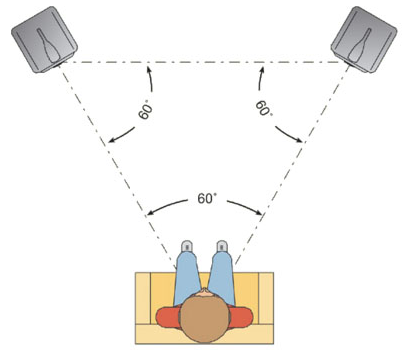 Triangles
Triangles
Your head and the two speakers should form an equilateral triangle. In other words, the distance between your speakers should be the same distance that your head is from each speaker.
Stands
Try and get your speakers off your desk and on stands if you can. Getting your speakers at ear-level and isolated from reverberant or reflective surfaces is going to get you a long way in setting up your ideal critical listening position.
Auditioning Speakers
Reading reviews and opinions are highly recommended, however, your own ears and preferences will always trump what you read. Get out and listen to studio monitors. Take along some tracks that you know well and think are recorded, mixed and mastered well.
 Size Matters
Size Matters
The size of your speakers should be appropriate for your room. Smaller spaces will do better with smaller monitors such as the KRK Rokit 5 G3 or the M-Audio BX5. Larger rooms will be able to suit larger monitors such as the KRK Rokit 8 G3.
Sound is King
Studio Monitors are intended to be accurate – which is not the same as making things sound good. Close your eyes and really try to listen to all the details in the mix of the track. Try to be as objective as possible and challenge yourself to determine if you’re hearing an accurate balance across the frequency range.
Never Ending Quest
That just scratches the surface of setting up your listening environment. The speakers are one part of the puzzle. The other main piece, that I don’t have room for, is setting up your room so that the acoustics are controlled. I’m talking acoustic treatment such as sound absorption and diffusion – a topic on which tomes have been written. More on that later.
In the meantime, go out and take a listen to some studio monitors and let me know what you like and don’t like!
 Learn About Microphones |
 What Gear Do I Need? |
 Learn About Audio Software |

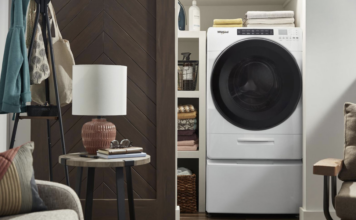

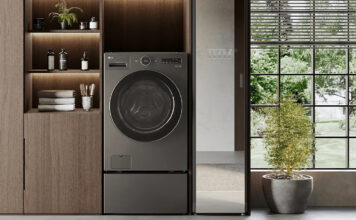












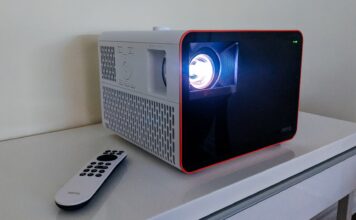
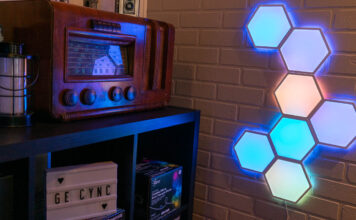


















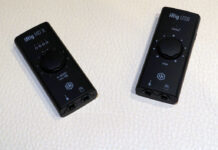



When you’re a newbie, picking out a monitor is so difficult it can give you a headache. There are just so many options on the market. That’s why I really appreciate articles like this because it actually tells people HOW to choose a monitor instead of providing people more options with barely any useful details. Anyway, my options have been narrowed down to the JBL LSR 305 and the KRK Rokit 5 speakers, both of which are often considered the best studio speakers, and are also among the best selling studio monitors. What do you think would be more suitable for a complete beginner like me?
Nice article simplified for beginners thank you
Comments are closed.